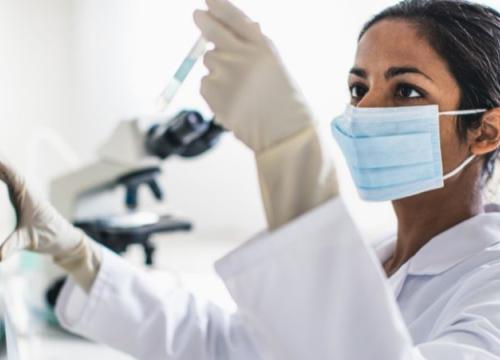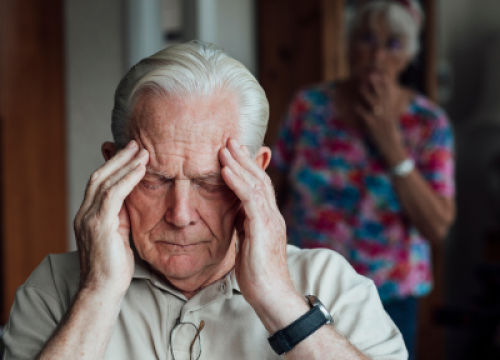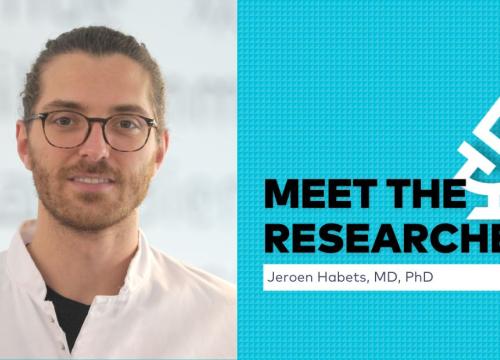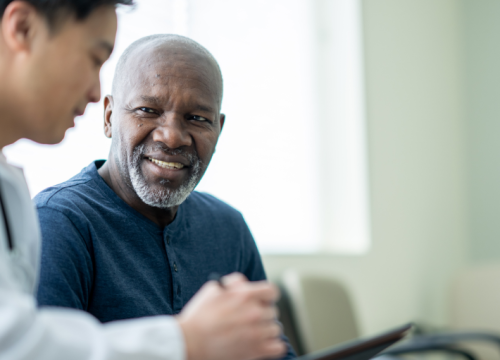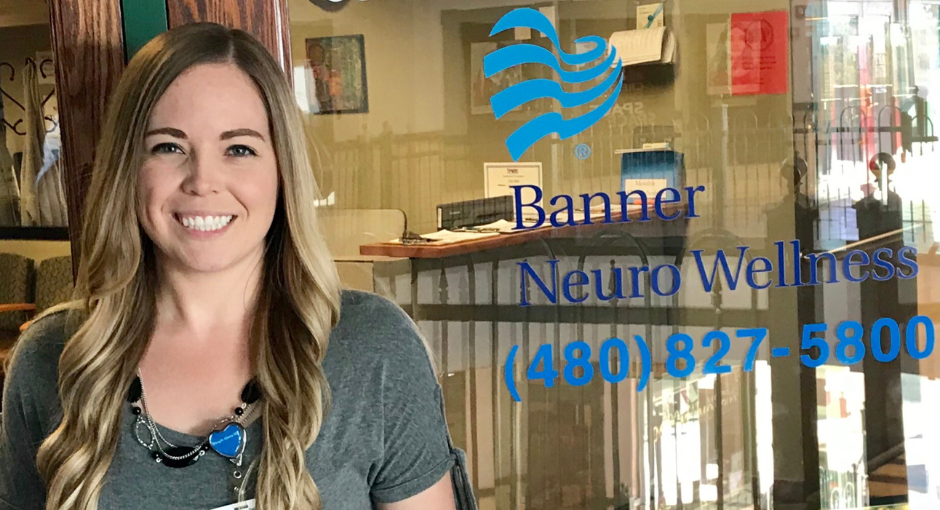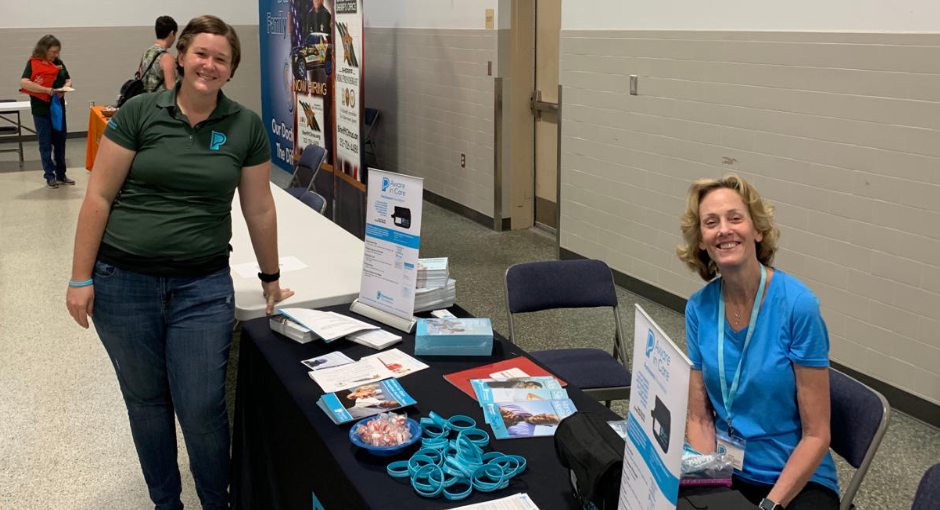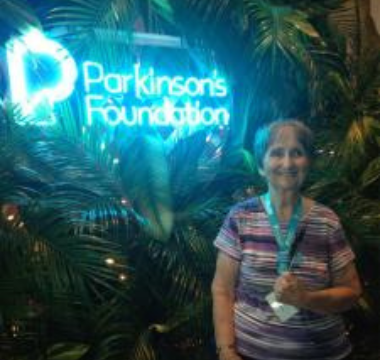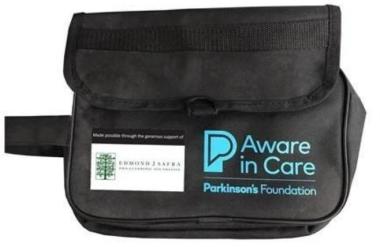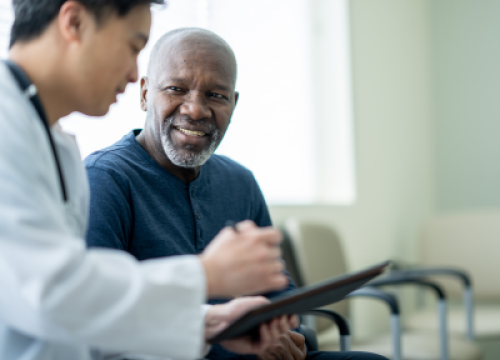Estrogen Therapy for Men? Maybe.

Men are more likely to develop Parkinson’s disease (PD) than women, and the onset of PD in men happens at a younger age. However, women with PD have a higher mortality rate, and once they have Parkinson’s, progression is faster. Research suggests that women get the disease at later in life when compared to men, at least in part, due to the natural protection estrogen provides. There are studies that have demonstrated that hormone replacement therapy (HRT) can provide dopaminergic neuroprotection in both young and menopausal female mice.
Could the female sex hormone, estrogen, be a therapeutic approach for delaying or reducing PD symptoms for men?
Recently published in the Journal of Neuroscience, a study titled, “Female Sex and Brain-Selective Estrogen Benefit α-Synuclein Tetramerization and the PD-like Motor Syndrome in 3K Transgenic Mice” (Rajsombath, Nam, Ericsson, & Nuber, 2019) investigated this possible therapeutic neuroprotective effect.
What is a 3K mouse? A type of mouse bred for research studies with a change in alpha-synuclein (a protein central to Parkinson’s) that mimics the toxic form found in Parkinson’s. These mice help researchers test how treatments and chemicals in the brain can impact Parkinson’s

Using mice called 3K that show motor and neural changes associated with PD, researchers injected male mice under the skin with the hormone therapy DHED. What makes DHED so special is that it was designed to only activate estrogen in the brain. This matters because estrogen therapy has been associated with an increase in cancer in other parts of the human body.
The motor performance and brain health of the 3K male and female mice were compared along with whether DHED affects the progression of PD-like symptoms in males. The motor evaluations included their ability to clasp, climb down a pole, gait (walk) and balance on an accelerating rotarod, which is a lot like lumberjack logrolling. There were also highly sophisticated tests to determine possible changes in the build-up or clearing of protein clumping in the brain, along with the decline or increase in the health of dopamine neurons.
Results
Like the sex differences found in people with PD, 3K male mice developed PD-like symptoms faster than female mice. Furthermore, male mice treated with DHED had:
- Improved clasping abilities
- Improved downclimbing
- Improved gait
- Improved balance
- Better clearing of risky alpha-synuclein (protein clumps in the brain)
- Healthier dopamine neurons
What Does This Mean?
This study focused on the 3K male mice and how they responded to the estrogen therapy, DHED. When the male mice were treated with the DHED, they showed improvements in all the motor functions tested. They also showed significant improvements in the brain, including healthier dopamine neurons and lower amounts of alpha-synuclein at risk for clumping. Remember, clumped alpha-synuclein becomes Lewy Bodies ― a hallmark of PD.
It is also important to note that the successful development of the 3K model itself – which duplicates many differences in male and female PD at motor, cellular and molecular levels – is a significant step forward in closing the gender gap in PD research. Having a model that helps unravel how the pathology differently affects the two sexes informs new avenues of research that could lead to the development of tailored medications and interventions to meet the distinct needs of men and women with PD.
Learn More
The Parkinson’s Foundation believes in empowering the Parkinson’s community through education. Learn more about the Parkinson’s and Gender differences in the below Parkinson’s Foundation resources or by calling our free Helpline at 1-800-4PD-INFO (473-4636).
Related Blog Posts

